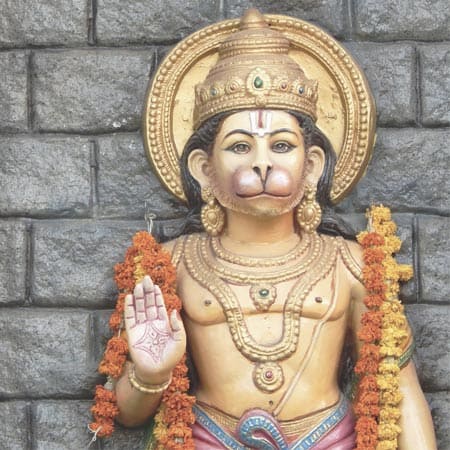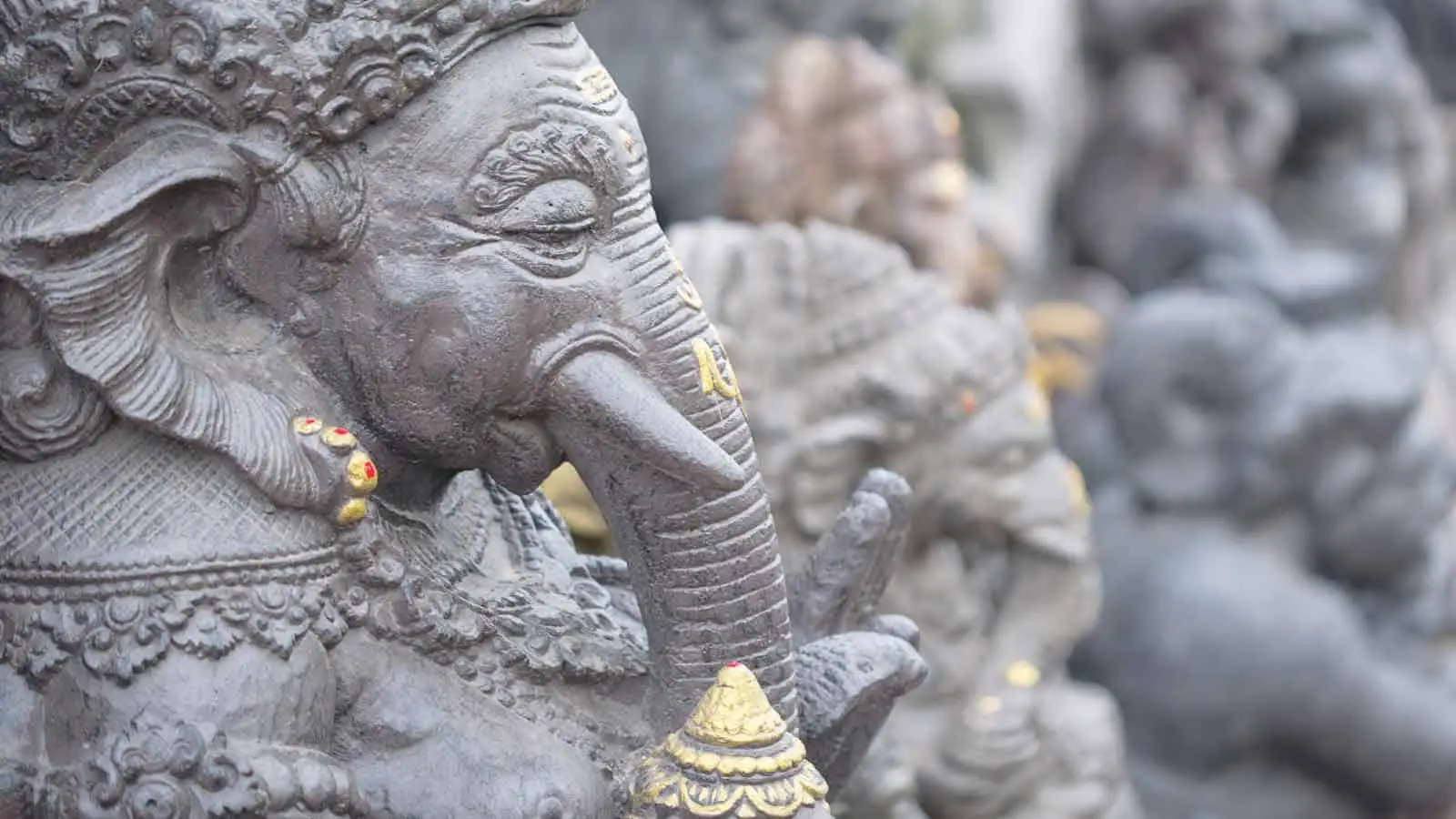Did you know there is more to yoga than just moving into dynamic yoga poses on your yoga mat? You may have practiced Power Vinyasa Yoga or Hot Yoga in your local studios. You’ve even attended meditative sessions like Yoga Nidra or Pranayama, but there are some other styles of yoga that are rarely talked about: Bhakti Yoga and the practice of Kirtan. Let’s take a look at what these styles of yoga entail and how they can enrich your life.
What is Bhakti Yoga
Bhakti Yoga is the yoga of devotion. It is a Sanskrit word meaning “to adore” or “worship” and is often practiced through the medium of music, singing, and chanting. Like other styles of yoga, the intention is to reach self-actualization; to achieve and live an enlightened life.
The earliest mention of devotional yoga can be found in the sacred Hindu texts, the Bhagavad Gita and the Upanishads. The idea is for the practitioner to experience deep, intense, spiritual love and devotion to God. To achieve this task took much practice. It was considered a complete release of the Self in order to devote entirely to one’s God.
Path to enlightenment
If we look at our modern times, we are subjugated to the world and its complications. We are immersed and distracted by worldly possessions and all the grievances that are attached to this. With yoga, in particular, Bhakti Yoga, the path to enlightenment is through prayer, song, and ritual to detach from the temptations of the world to achieve true alignment with the Devine.
The focus of these prayers and chants can be on a God or deity to help with making that connection and to show our dedication and pursuit toward an enlightened life.
Symbols in Bhakti yoga

In Bhakti, there is a study of the many Hindu deities; they are the gods and goddesses in Hinduism that serve as symbols and icons for human behavior, personalities, life lessons, and more. They are often depicted in classic artistic paintings and drawings and mentioned in song, prayer, and very intriguing stories. We channel our attention to these deities through a form of meditation just as we would focus our attention to breath in a meditation class. In this case, though, you may sing or chant to direct your focused energy.
In order to better explain the idea of Bhakti Yoga and the use of chanting and singing, let’s look at a particular deity named Hanuman. He is known as the great monkey god in Hindu mythology. He was a devotee of Rama and he had great powers. He was gifted with immunity from the ravages of fire and water. He was blessed with strength, good health, and immortality. Hanuman was safe from all harm.
He is also considered the embodiment of devotion; he acted selflessly and detached himself from all worldly possessions. His actions are an instrument of love in order to offer more of that love into the world. This is shown in his devotion to the Lord and Warrior Rama. Many stories depict the meeting and friendship of the monkey god and the incarnation of the great Hindu god, Vishnu. In one story, Hanuman aids Rama in finding an herb that would save the life of his brother. With great strength, courage, and dedication, Hanuman succeeds in his efforts and Rama is forever grateful.
Chanting in Bhakti Yoga
Hanuman’s selfless service is highlighted in early Hindu holy writings. Songs were sung about his devotion, a characteristic that we as mere mortals can appreciate, honor, love, and reflect. Om Namah Shivaya is a simple mantra chant. It glorifies the name of Hanuman. When chanted or sung in repetition, it can bring success to your life.
Imagine a chant Iike this accompanied with beautiful music and melodies to enrich the experience of practicing devotion. Feeling the energy of all that is good surrounding you and filling your life with joy and love. That is the practice of Bhakti Yoga.
That is what you can expect in a Bhakti Yoga class today. You may enter a yoga studio, but instead of a yoga instructor leading a class, you will encounter a musician or a small band of musicians.
They play a variety of instruments: drums, guitars, cymbals, gongs, harmoniums, and other singers. It’s like going to a yoga concert! The music played is ladened with traditional Indian melodies and the lyrics to the songs are the ancient chants that glorify the gods and goddesses of the Hindu mythologies. Devoted songs celebrating Shiva, Hanuman, Ganesha, and many others are very popular in this tradition.
What is Kirtan?

What makes this style of yoga special is that the student is also involved.
The practice of Kirtan is typical in a Bhakti Yoga class. This is usually in the form of call-and-response; the cantor will sing a phrase and the students repeat the same phrase. The idea is to generate a positive energy throughout the class and yoga space. Through the power of music, singing, and chanting to the deities, the result is a highly charged vibration that is conducive to the meditative, centering, and enlightening qualities of the whole practice. Sometimes singing bowls can be used in Kirtan.
This is a form of yoga may not be typical for a modern yoga studio. You may need to seek out sessions like these to deepen your practice. Some studios may offer workshops or special classes to introduce Kirtan and Bhakti to its students. You can also find recorded Kirtan artists if you want to practice this style of yoga on your own. Some well known artists are Krishna Das and Deva Premal. There are many others, and you will find that these singers and musicians really bring something special to your yoga practice. Just as your moving asana practice offers a path toward clarity and self-awareness, Bhakti Yoga also evokes a deeper connection to the true intention of yoga.
Closing thought
If you’re seeking a path toward selflessness, gratitude, joy, and love, than you may enjoy Bhakti Yoga and Kirtan. It is a practice of “love for love’s sake.”








